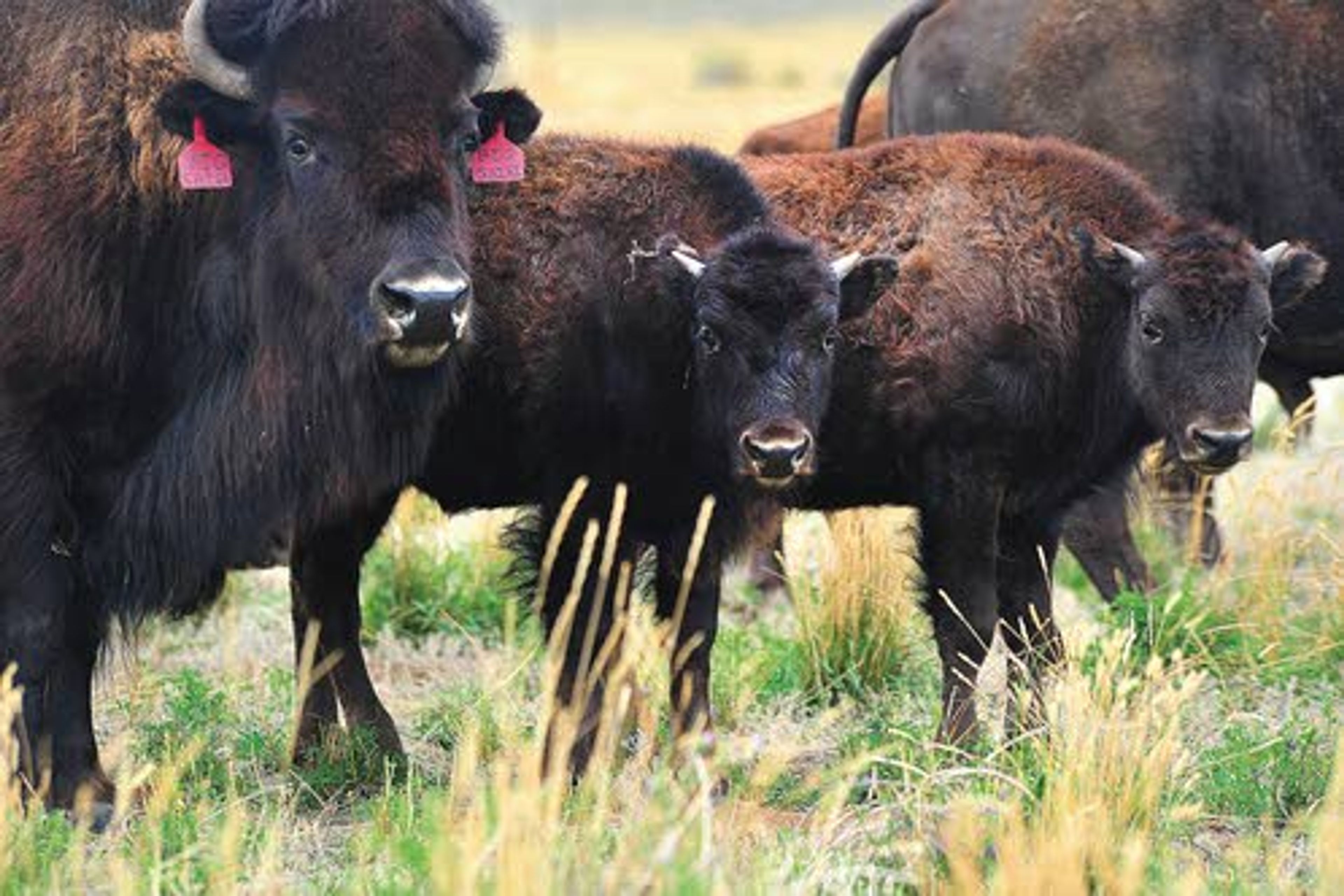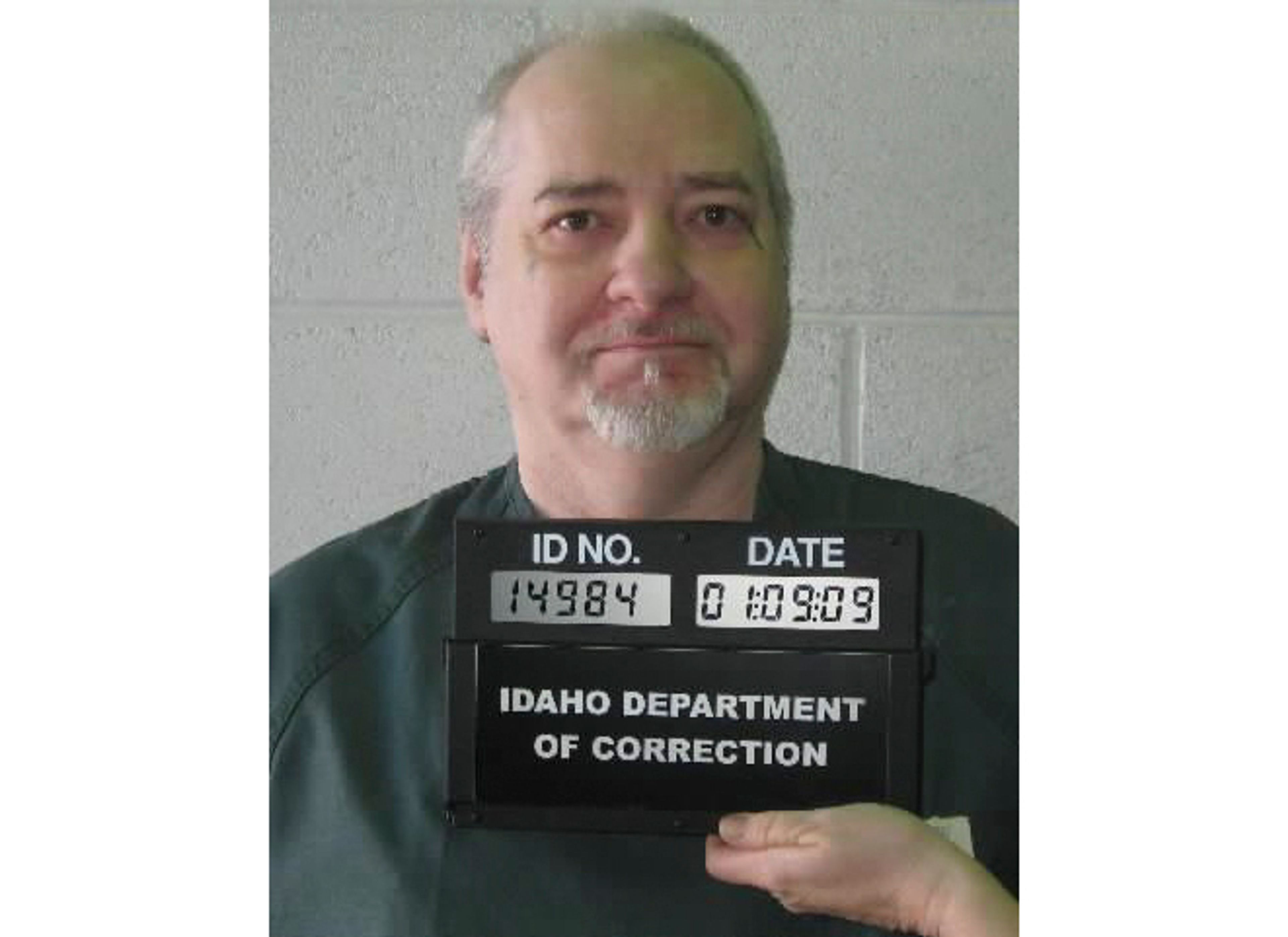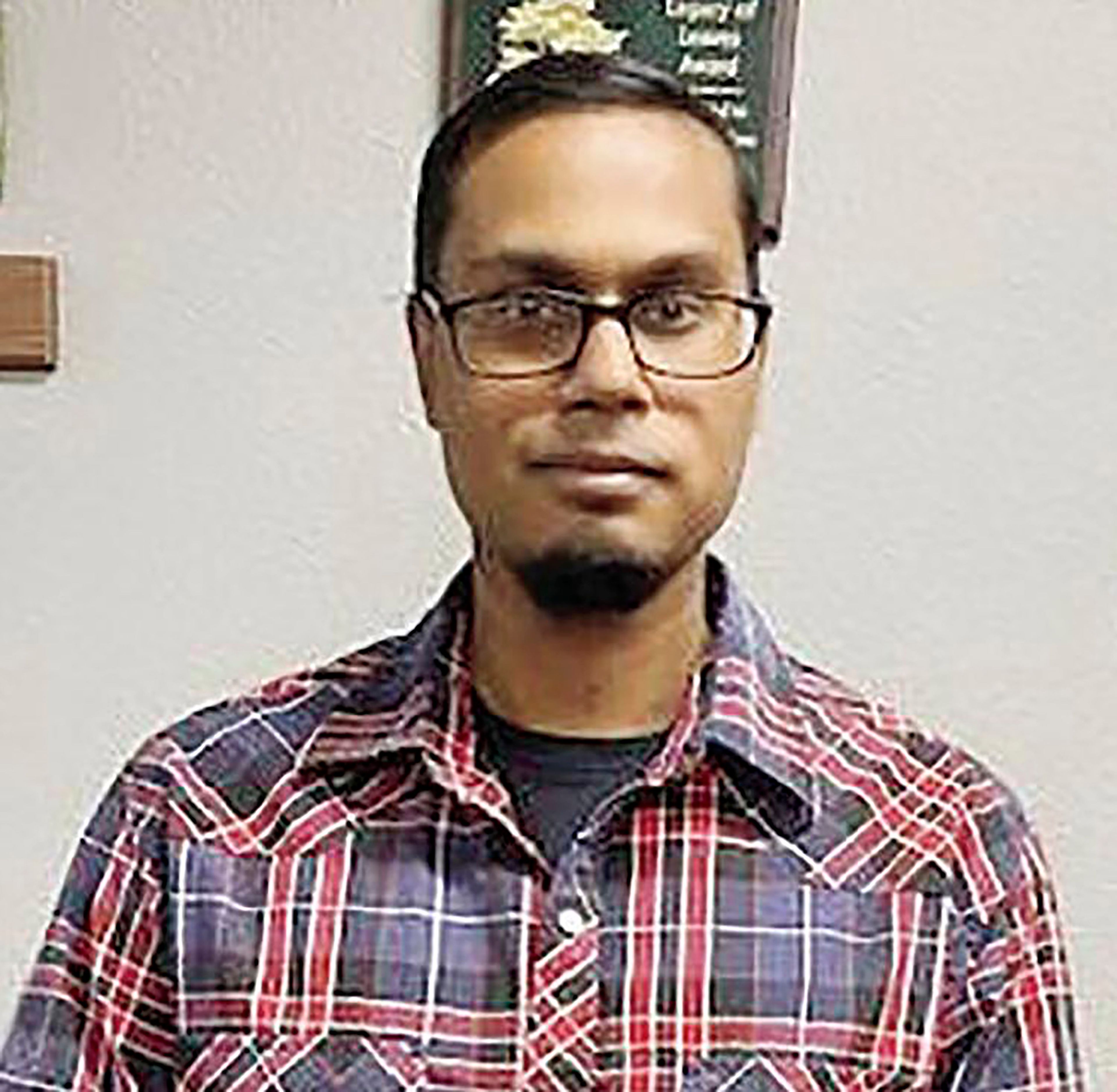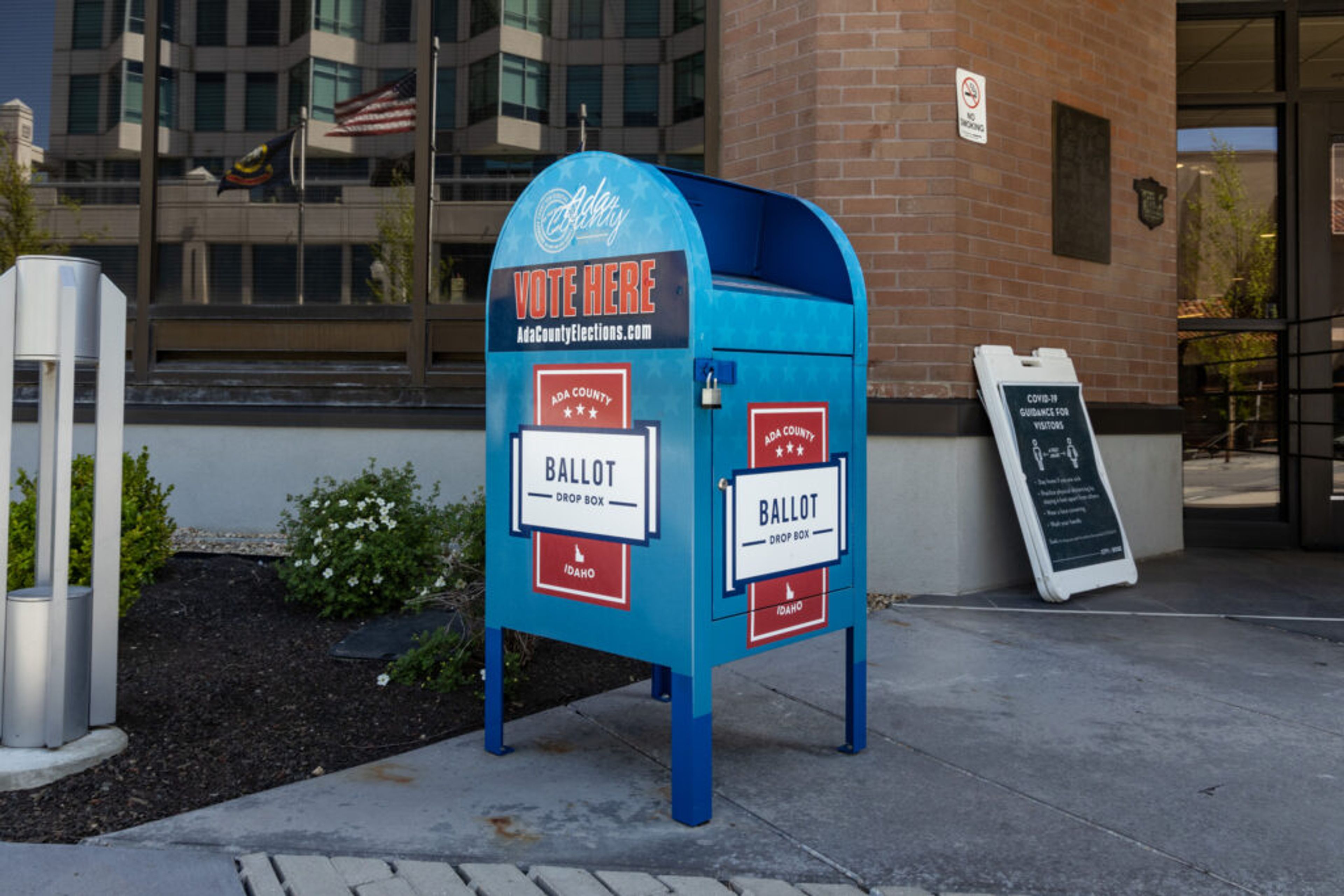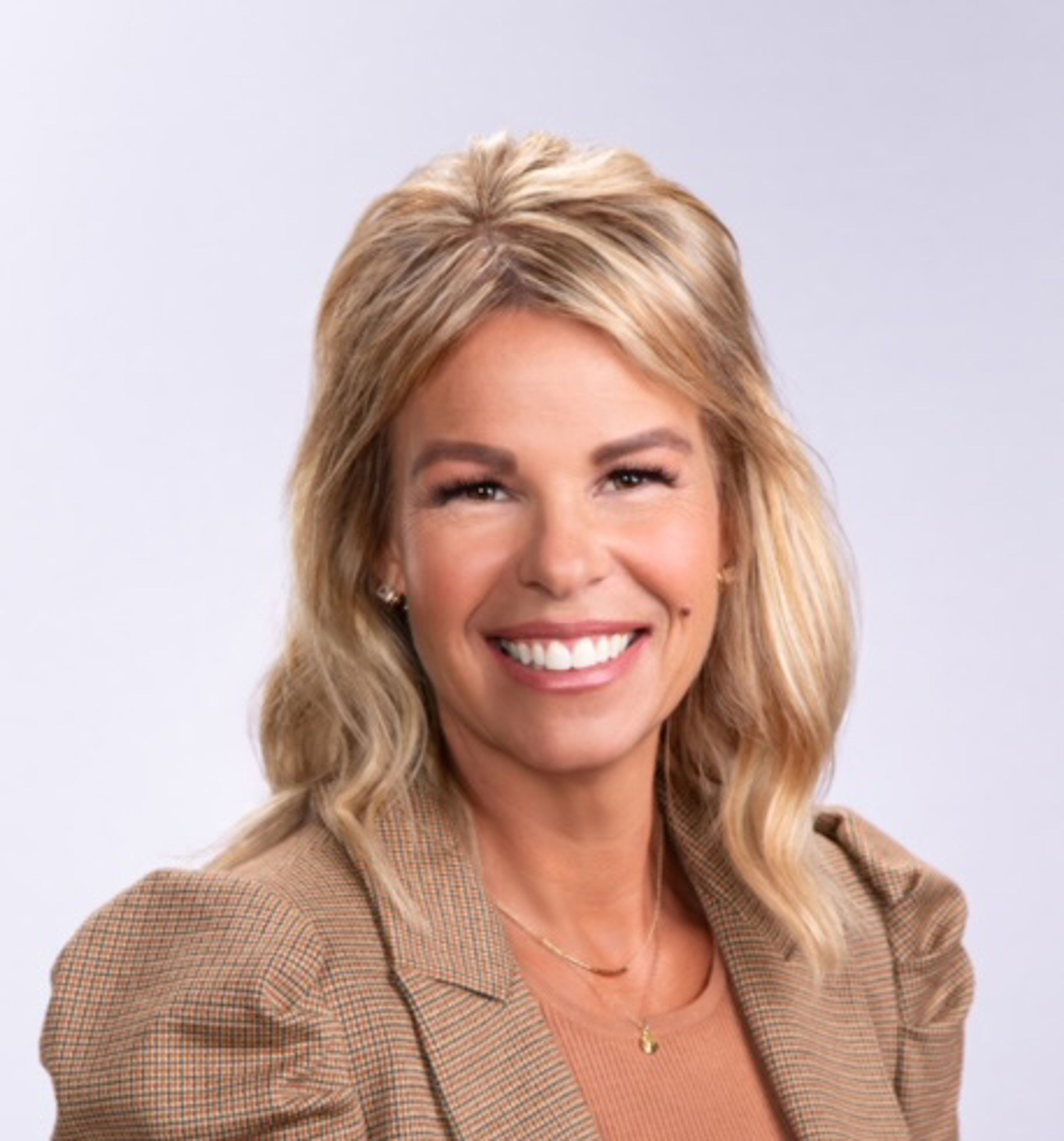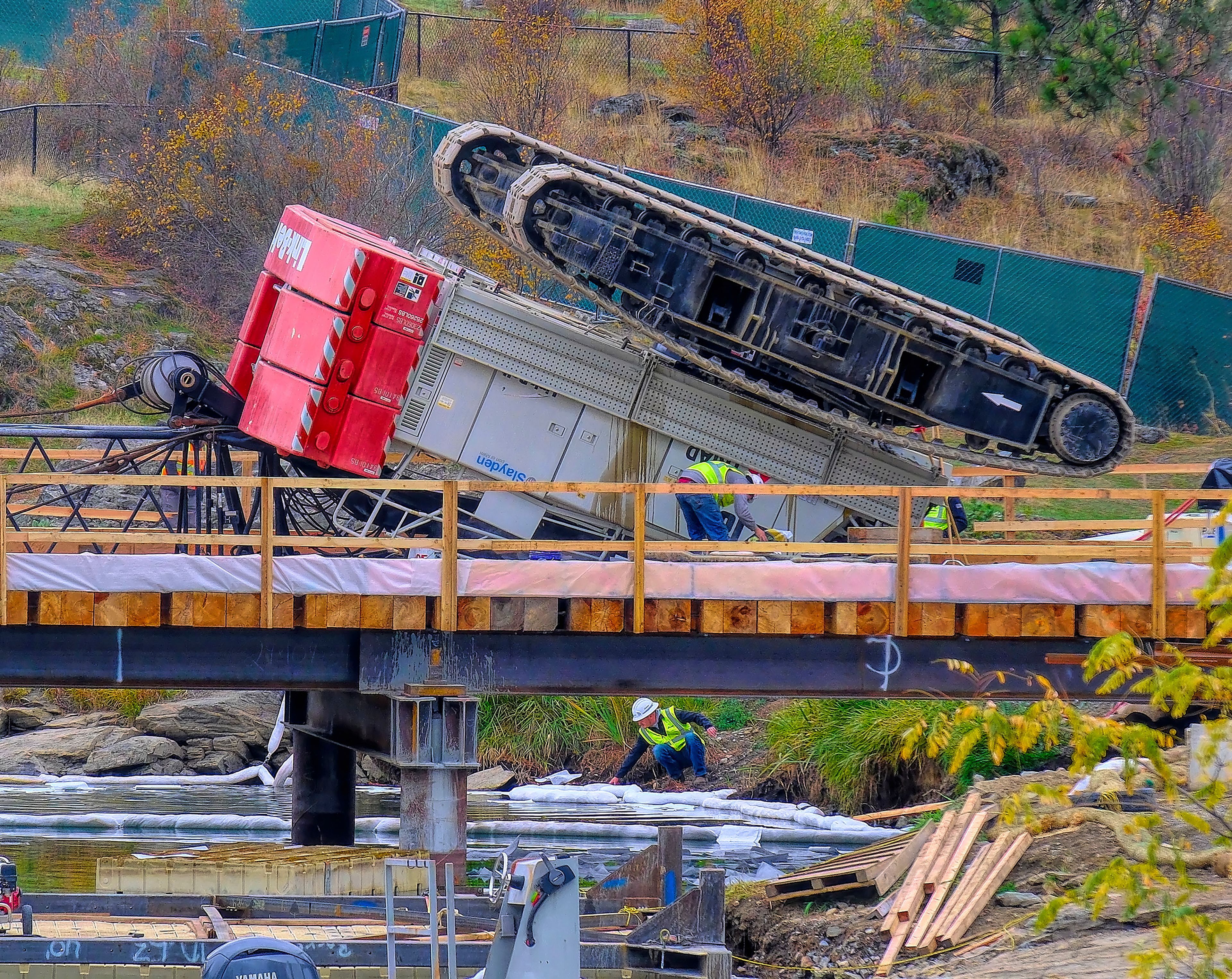Montana ranch welcomes rare bison twins
HELENA, Mont. - After more than half a century of raising bison, folks at the Gehring Ranch know that the furry beasts are unpredictable.
That knowledge still didn't prepare them for the gift from the bison they call Big Shirl this spring - twin calves, which they fondly named Pete and Re-Pete.
"We have had buffalo for 60 years, but never had twins," said Rose Vincent Gehring, the matriarch of the family.
"We saw them two or three days after they were born," added Judith Anne Vincent, Rose Gehring's niece. "We were kind of starting to monitor them because we knew they were going to start calving. Later, I looked on the Internet and found that the chance of having twins in bison was really, really, really rare."
"About 0.04 percent," chimed in her cousin Bill Gehring, who runs the family ranch northwest of Helena.
David Carter, the executive director of the Denver-based National Bison Association, said he doesn't have statistics on the probability, but agreed twin bison are unusual.
"In the 11 or 12 years I have been around, I've probably heard of five instances of that," Carter said. "He's exactly right; it is very rare."
Carter theorized that it is such an unusual event because bison largely remain undomesticated and in their natural state one calf is a hoof-ful for a heifer.
"I think Mother Nature intended for them to just have one, because they are undomesticated animals and historically have been out in the wild with predators, and they have time to watch one calf, but not two," Carter said. "Plus, having a calf is tough work on that mom."
Initially, the Gehrings were a little skeptical about Pete and Re-Pete being twins. Unlike typical cattle operations, they don't closely watch or confine cows that are calving because bison are wary of humans and become upset and stressed when confined.
"They don't want you in their territory," Bill Gehring said. "You have to treat them with the utmost respect and keep them at arms' length."
But he and a friend watched from afar as one of the twins nursed, then the other did, on a warm spring day shortly after their birth last June. According to bison producer websites, that's also unusual because typically one of the calves is stronger than the other, and will out-compete the smaller one for the mother's milk.
Both calves stick close to Big Shirl, and they're mirror images of one another. This fall, they peered out from around her side as visitors watched from about 30 feet away, safely within the confines of a vehicle. The Gehrings are adamant that no one approached the bison on foot.
"There's a bond there with their mom," Vincent said. "There's respect from those calves, who know it's their mother and there's no foolishness. You never see those twins when they're not with her. They never scatter."
Luckily, the twins are both males. If they were one bull and one heifer calf, while they develop in the uterus there can be an excess of testosterone in the womb from the male calf. Apparently, that prompts changes in the heifer's development and while she may appear normal, they typically are known as a "freemartin" and aren't fertile.
Rose Gehring started the herd in 1959, when she traded one of their cows for a bison calf whose owner couldn't keep him. They called the calf Chaser because he liked to chase people, but once he grew up, they gave him wide berth.
"When he got bigger, he got mean," Rose Gehring said.
